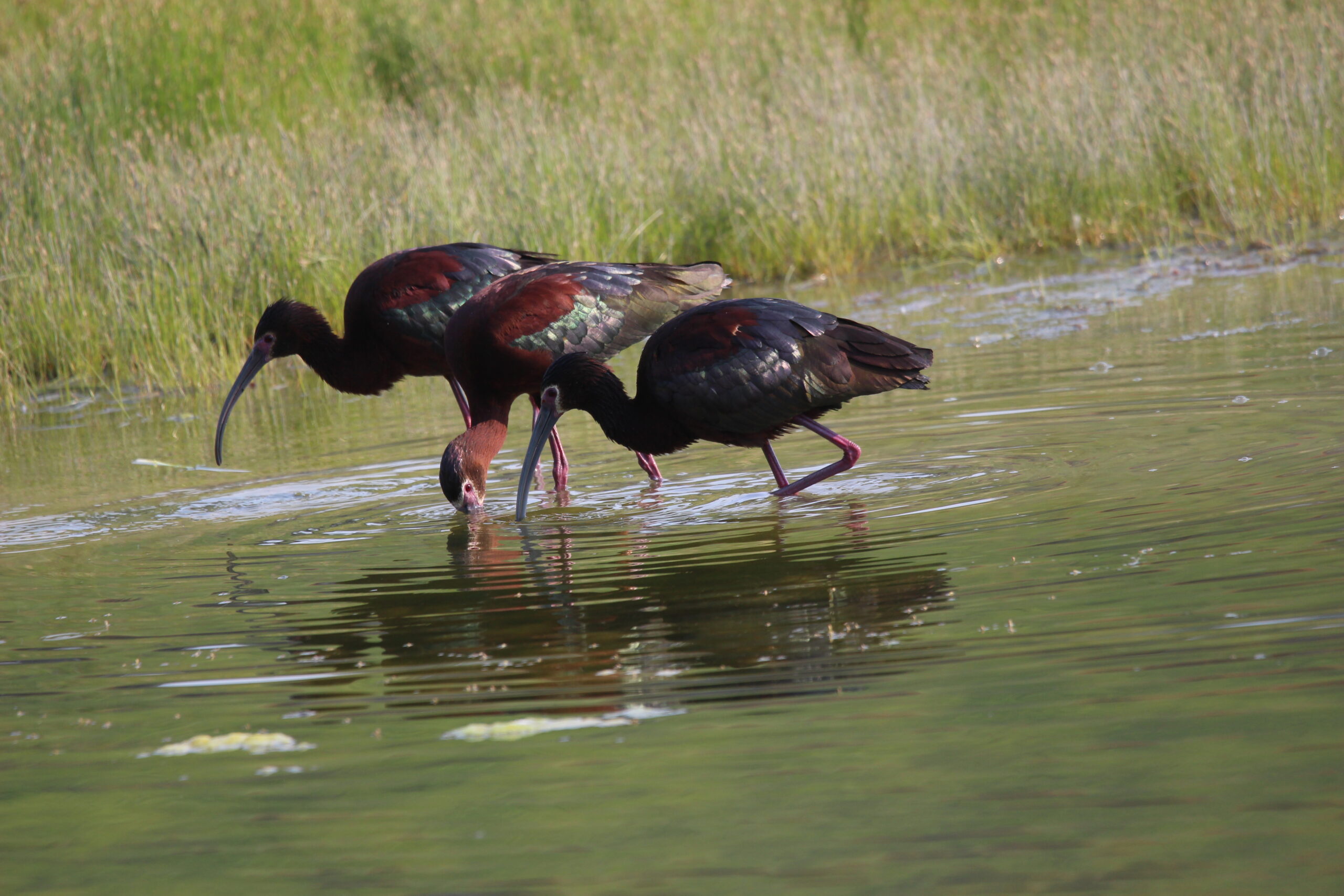(Part 2 of 2)
So, let’s continue where we left off last week, with more safety tips on how to avoid negative interactions between children and dogs:
- Dealing with potentially aggressive dogs on the street, children need to know the rules of reading their faces and how to react. When approached by a strange dog that is growling, the child must know to look down and to remain perfectly still. If a child is on the ground, they must curl into a ball and remain still. If they are standing up in front of a growling dog, they need to remain still with arms down and look at their shoes. This lets the dog know they do not need to fight for dominance. The child should never run; aggressive dogs will chase, catch and attack.
- Dogs that are on chains or in cages will usually feel threatened by an approaching child. They are in a position that they can’t get out of, and this can make them feel scared and incite fear aggression response. Even though that’s not always the case, sometimes dogs that are on chains at all times are also likely abused and mistreated, which makes them more aggressive. Without exceptions, a child should never approach a dog that is tied up, chained up, or caged.
- Contrary to popular belief, a wagging tail does not always mean a friendly dog. Usually, when a dog wags its tail, it means it is excited, but excitement can be good or bad. It may have nervous excitement which means it is fearful and uncomfortable. Even anger is an excited state that may lead to tail wagging on occasion.
- If a dog is asleep, leave it alone. Surprising a dog that is asleep, or surprising an awake dog, may lead to a reactionary aggression. Also, dogs need their sleep as much as humans.
- Never play aggressively with a dog. Wrestling, pushing or “play hitting” are major no-no’s. By a person acting this way the dog may assume that it’s ok to reciprocate, leading to bites and scratching.
- While people say hello by shaking hands or hugging, dogs say hello by smelling others. When it’s safe to do so, children should always get down to the dog’s level and then let a dog smell their hand before they touch the dog. Teach your child what “when it’s safe to do so” means in such cases. Then, teach them how to slowly hold out their hand, fingers, and palm pointing down (non-aggressive), and let the dog come up to them. The kid should not push their hand toward the dog.
- Because dogs are still unpredictable animals, as a pet owner it is your responsibility to make sure others in the household are safe, particularly when there are small children around. This includes all of your pets, too. Depending on the situation, your children and dogs may need to be kept separated. When your pooch is outside, they may need to be in an outdoor pen. In the house, have a pet gate that locks so children can’t get in without your permission. No matter how friendly your dog is, always have “Beware of Dog” signs so neighbours and their children are informed.
- Teaching your dog how to behave around children is so important, and socialization is one of the most crucial aspects of dog training and ownership. Any pet owner must socialize their dog without exception. This is for the safety of both the canine and those around. Your pooch should have an opportunity to interact with strangers, other animals and especially children. That way the dog is familiar, and not scared or insecure around “small humans.” Always supervise such encounters so that you can help kids approach the dog when you are sure the animal is comfortable with it.
- Similar to approaching chained dogs, teach your children to absolutely never approach a strange dog on the street. These animals can be dangerous, so, if they can spot a stray from far away, it’s best to take a different route to avoid coming any closer. If a child finds a stray dog, they should back away slowly and inform an adult. They shouldn’t run or scream. This only attracts the attention of the dog. And they especially should not try to pet, feed or play with a stray dog.
- Teach your child the basics of canine body language. This is quite an involved subject but teaching your child the basics will help guide them on what to do or what to avoid.
We all want children to love dogs and vice-versa. The relationship between children and dogs is too important to screw up so please take the time to help your children develop and enjoy the love of your dog.
In response to Canada's Online News Act and Meta (Facebook and Instagram) removing access to Canada's local news from their platforms, Anchor Media Inc encourages you to get your news directly from your trusted source by bookmarking this site and downloading the Rogue Radio App. Send your news tips, story ideas, pictures, and videos to info@anchormedia.ca.





